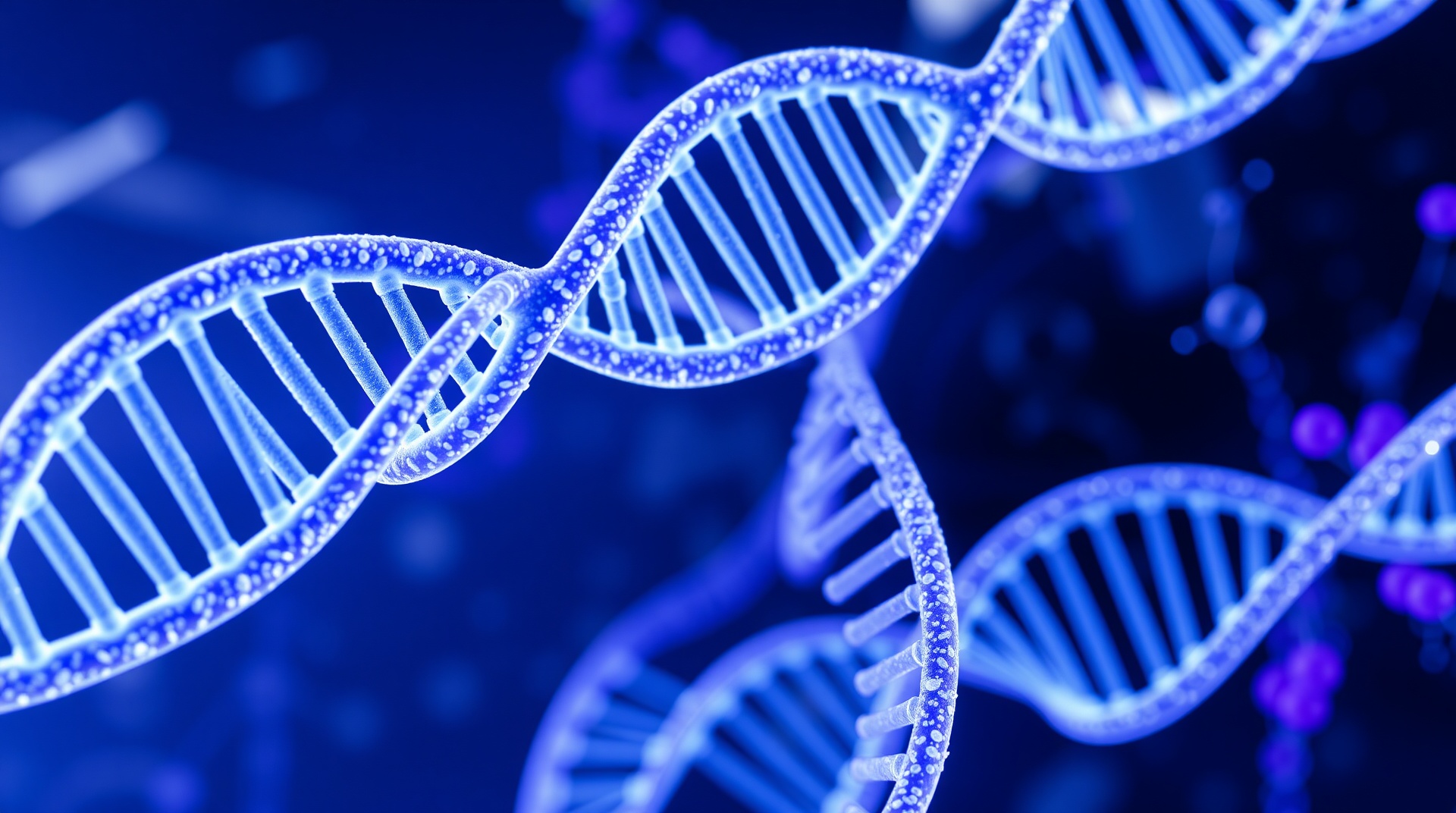
Nucleotide to Amino AcidCalculator
Translate DNA/RNA sequences to amino acids using the genetic code. Perfect for molecular biology and genetics studies.
What is Nucleotide to Amino Acid Translation?
Nucleotide to amino acid translation is the fundamental process by which genetic information encoded in DNA and RNA is converted into proteins. This process follows the universal genetic code, where sequences of three nucleotides (codons) specify individual amino acids that form protein chains. Understanding this translation process is essential for molecular biology, genetics, and biotechnology applications.
The genetic code consists of 64 possible codons (4³ combinations of A, U, C, G) that encode 20 standard amino acids plus stop signals. This redundancy provides error tolerance and evolutionary flexibility, making the genetic code both robust and universal across nearly all living organisms.
How to Use
- 1Choose sequence type: DNA (A, T, C, G) or RNA (A, U, C, G)
- 2Enter your nucleotide sequence in the input field
- 3Select the reading frame (1, 2, or 3) to determine where translation begins
- 4Click "Translate Sequence" to get the amino acid sequence
- 5Review the results showing amino acid letters, names, and corresponding codons
Standard Genetic Code Table
Chart: Standard genetic code table showing all 64 codons and their corresponding amino acids. Start codon (AUG) and stop codons (UAA, UAG, UGA) are highlighted.
Hydrophobic:
- • A (Ala) - Alanine
- • V (Val) - Valine
- • I (Ile) - Isoleucine
- • L (Leu) - Leucine
- • M (Met) - Methionine
- • F (Phe) - Phenylalanine
- • W (Trp) - Tryptophan
- • P (Pro) - Proline
Polar:
- • S (Ser) - Serine
- • T (Thr) - Threonine
- • Y (Tyr) - Tyrosine
- • N (Asn) - Asparagine
- • Q (Gln) - Glutamine
- • C (Cys) - Cysteine
Charged:
- • K (Lys) - Lysine (+)
- • R (Arg) - Arginine (+)
- • H (His) - Histidine (+)
- • D (Asp) - Aspartic acid (-)
- • E (Glu) - Glutamic acid (-)
Special:
- • G (Gly) - Glycine
- • * - Stop codon
- • AUG - Start codon
RNA Translation Process
Animation: RNA translation process showing how ribosomes read mRNA codons and tRNA molecules deliver amino acids to build proteins.
Translation Steps:
- Ribosome binds to mRNA start codon
- tRNA with matching anticodon arrives
- Amino acid is added to growing chain
- Ribosome moves to next codon
- Process repeats until stop codon
- Completed protein is released
Key Components:
- • mRNA: Carries genetic code
- • tRNA: Delivers amino acids
- • Ribosome: Protein factory
- • Codons: Three-letter code
- • Anticodons: tRNA recognition
- • Amino acids: Protein building blocks
Understanding the Genetic Code
The genetic code represents one of biology's most fundamental discoveries, revealing how four simple nucleotides can encode the vast diversity of proteins found in living organisms. This triplet code system ensures that genetic information is both precise and error-tolerant, providing the molecular basis for heredity and evolution.
Reading frames are critical to proper translation, as shifting the frame by even one nucleotide completely changes the resulting amino acid sequence. In natural systems, translation typically begins at a start codon (AUG) which codes for methionine, establishing the correct reading frame for the entire protein sequence.
The redundancy in the genetic code, where multiple codons can specify the same amino acid, provides protection against mutations. This degeneracy is particularly pronounced in the third codon position, where many changes are "silent" and don't alter the final protein sequence. This feature has been crucial for evolutionary adaptation and species survival.
Modern applications of genetic code understanding include genetic engineering, synthetic biology, and personalized medicine. Scientists can now design custom DNA sequences to produce desired proteins, modify organisms to produce therapeutic compounds, and predict the effects of genetic variations on protein function.
Codon optimization represents an advanced application where scientists modify DNA sequences to improve protein production without changing the amino acid sequence. This technique considers factors like codon usage bias, mRNA stability, and translation efficiency to enhance protein expression in specific host organisms.
The universality of the genetic code across species enables biotechnology applications like expressing human proteins in bacteria or producing vaccines in yeast. This shared molecular language allows scientists to transfer genetic information between vastly different organisms, forming the foundation of modern biotechnology.
Computational tools for genetic code analysis have revolutionized molecular biology research, enabling genome-wide studies, protein structure prediction, and evolutionary analysis. Understanding nucleotide-to-amino acid translation remains essential for advancing our knowledge of life's molecular mechanisms and developing new therapeutic strategies.
Reading Frames and Translation
Diagram: Reading frames demonstration showing how the same nucleotide sequence produces entirely different amino acid sequences when read in different frames.
Example: Reading Frame Impact
Related Calculators
Translate Nucleotide Sequence
User Reviews
Based on 3 reviews
Dr. Michael Chang
1 week agoExcellent tool for teaching genetics! The codon translation is accurate and the visual breakdown helps students understand the genetic code process.
Sarah Williams
2 weeks agoPerfect for my bioinformatics coursework. The reading frame options and detailed amino acid information make this incredibly useful.
Dr. James Park
3 weeks agoGreat calculator for molecular biology work. The DNA to RNA conversion is seamless and the output format is very clear.
Frequently Asked Questions
Need More Biology Tools?
Explore our comprehensive collection of biology calculators
Explore More Biology Tools